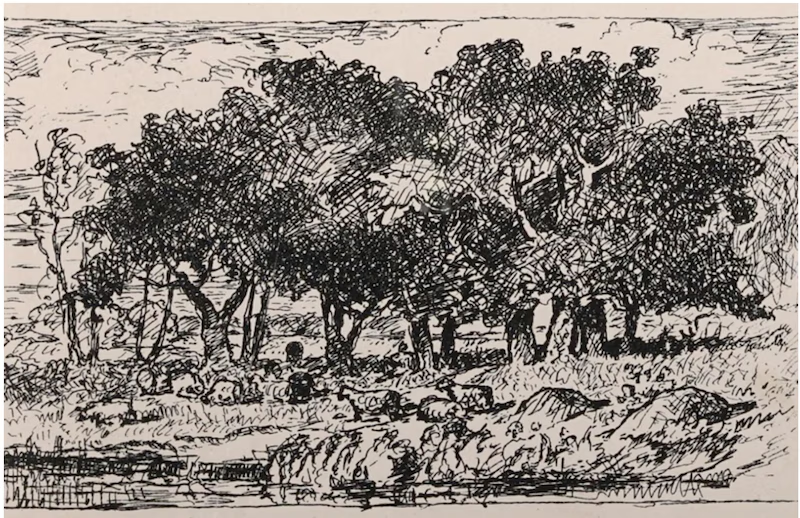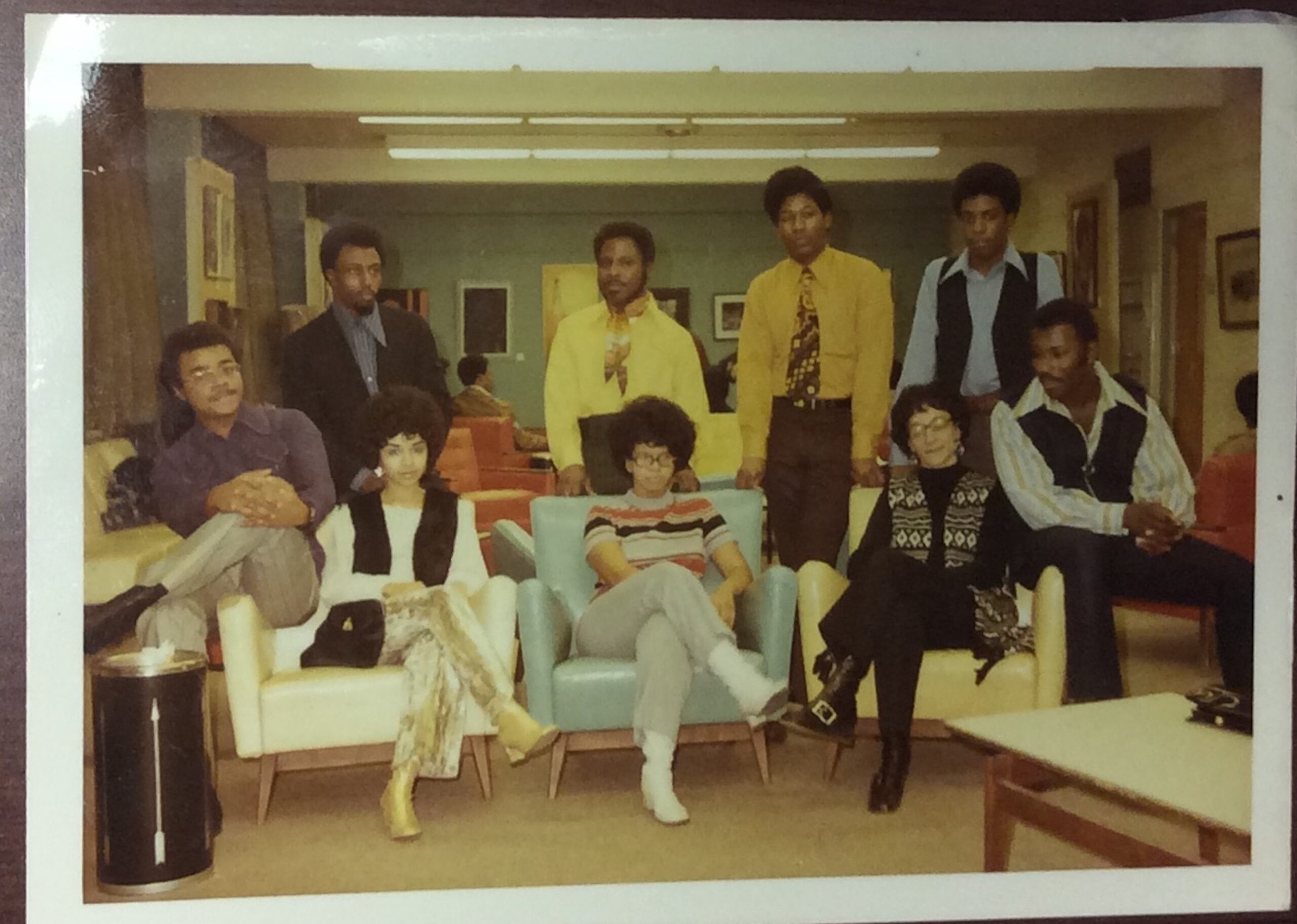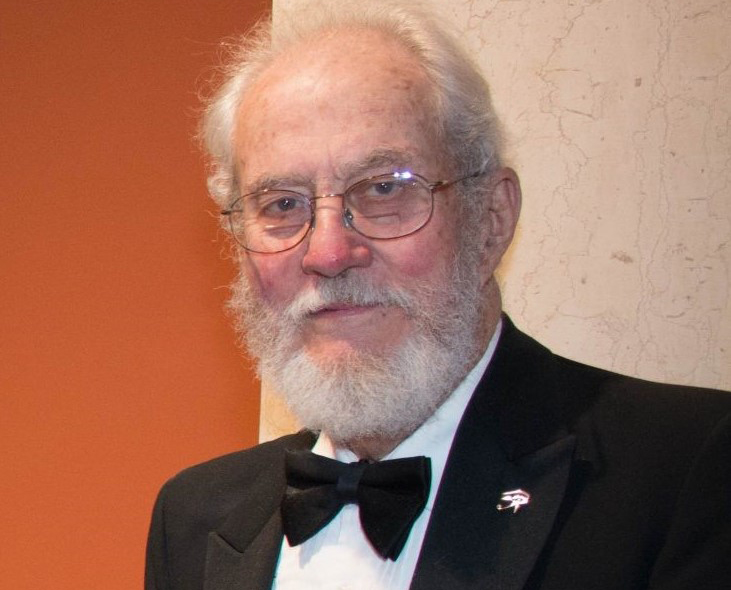
Springfield Streets Honor Military Veterans
As we take time on November 11th to honor the men and women who have served in the Armed Forces we may find ourselves unknowingly driving down streets in our cities and towns which were named to commemorate some of the local service men and women who lost their lives in combat. In Springfield there are a number of streets which are named after brave young men who died in WWII. Charles Clark, a life-long resident of the city with a wide-ranging curiosity about all things Springfield, decided to investigate the story behind the names of streets bearing such names as Arthur Picard Circle, Lionel Benoit Road, and Robert Dyer Circle.
After the end of hostilities in WWII, veterans returning to Springfield found themselves facing a serious shortage of affordable housing. Temporary housing units were constructed in the mid- 1940s, some without central heating, like Patriot Corners, and some of Quonset Hut construction at Chapman Court and the Brunton Apartments. Even these units, as inadequate as they were, were not able to meet the housing needs of so many veterans and their families.
 The Springfield Housing Authority was formed in 1946 and was headed by John I. Robinson. He championed the cause of public housing in Springfield and obtained $7 million of state funds allocated for the Veterans Housing Project. With these monies, three housing projects designated for veterans and their families were completed between 1949 and 1951. The first was Reed Village on Bay Street opposite Oak Grove Cemetery, a 200 unit project built on land donated by the estate of the Reverend David Allen Reed, an influential Congregational minister, businessman and founder of Springfield College. In 1951 two more projects were completed; Robinson Gardens, a 136 unit project at Berkshire Avenue and Bay Street named after Atty. John I. Robinson, then Chairman of the Springfield Housing Authority, and Duggan Park at Page Boulevard and Goodwin Street, named after John J. Duggan, the popular President of Chapman Valve in Indian Orchard.
The Springfield Housing Authority was formed in 1946 and was headed by John I. Robinson. He championed the cause of public housing in Springfield and obtained $7 million of state funds allocated for the Veterans Housing Project. With these monies, three housing projects designated for veterans and their families were completed between 1949 and 1951. The first was Reed Village on Bay Street opposite Oak Grove Cemetery, a 200 unit project built on land donated by the estate of the Reverend David Allen Reed, an influential Congregational minister, businessman and founder of Springfield College. In 1951 two more projects were completed; Robinson Gardens, a 136 unit project at Berkshire Avenue and Bay Street named after Atty. John I. Robinson, then Chairman of the Springfield Housing Authority, and Duggan Park at Page Boulevard and Goodwin Street, named after John J. Duggan, the popular President of Chapman Valve in Indian Orchard.
Many veterans clamored for an opportunity to live in these newly built projects. On the first day of registration for applicants to Reed Village, 351 veterans or their wives showed up to apply for one of 200 units. In the fall of 1951, when the Duggan and Robinson projects were ready for occupancy, 1700 people applied for the 332 rentals available. Some of these people were housed in inadequate temporary housing and hoping to upgrade to more permanent living quarters. The rentals were below the costs of purchasing a home, and were available only to veterans and their families.

Given that these projects served the housing needs of veterans, it makes sense that the streets of these neighborhoods would be named for local military heroes, but how many of us today are aware of that information? By searching through city directories, you’ll find that the streets of the Duggan Park complex carry the names of fallen soldiers and sailors whose fathers worked at Chapman Valve. To honor their sacrifice, Mr. Duggan, the company president, named the streets after the young men, born just before or just after WWI, who didn’t make it home to Springfield during WWII. So we have Layzon Brothers Road, Arthur Picard Circle, Rodney Smith Circle, and Stewart Glen Drive.
- Layzon Brothers Road is named after PFC Frank Stanley Layzon, age 18, of the U. S. Marine Corps and Army Staff Sgt. Leon Layzon, age 21 of the 328th Infantry Division, who died within a month of each other in the winter of 1945, one in the Pacific and one in France.
- Marine Corps Private Arthur Joseph Picard, born in 1919 died a hero on October 26, 1942 on Guadalcanal in the Solomon Islands. This young man from Indian Orchard, known as “Cheer,” was a popular athlete. He was posthumously awarded a Purple Heart and a Silver Star for his bravery.
- 2nd Lieut. Rodney L. Smith joined the U. S. Army Air Force in 1941 at age 21, was stationed in England and went missing in Dec. 1943 on his fifth combat mission.
- PFC Stewart M. Glen, whose family moved from Arbroath, Scotland when he was a child, enlisted in the U. S. Army in November 1943 and was killed in France in October 1944 at the age of 19.
Reed Village honors three more military heroes, Lionel James Benoit, Bertil E. Hammarlof, and Edmund Griffith Wynne.
- Lionel Benoit was a Seaman 1st Class in the U.S. Navy and died at age 19 in June 1945. There is little information about him but he is honored at the Tablets of the Missing at Honolulu Memorial.
- Sgt. Bertil Hammarlof served in the U. S. Army in France and was killed in action in January 1945.
- Edmund Wynne was initially listed as missing at sea when the destroyer U.S.S. Pope was sunk by the Japanese off the island of Java in 1942. He was taken to a Japanese POW camp and died there in May 1945.
At Robinson Gardens, William Sands Jr. Road and Robert Dyer Circle are named after two young men who lost their lives in the Pacific.
- William F. Sands was a Corporal in the U. S. Marine Corps who died at the age of 26 in November 1943 and is buried at the National Memorial Cemetery of the Pacific in Honolulu.
- Robert Alfred Dyer was a Seaman 1st Class, U. S. Navy who died in February 1945 and is buried in Manilla in the Philippines.
What still remains unsolved is how the names of some of these military personnel were chosen. The connection to Duggan and Chapman Valve was commented on earlier but what of the others? Did their families petition the city or did veterans groups put forth the names of War dead? The mystery continues.
Special thanks to Charles Clark for this unique research.
Additional Sources: “Indian Orchard Men in Service”, WWII Scrapbooks, Springfield Newspapers, Ancestry.com, Fold3.com





Nice research! What the city needs to do is get signage so that this historical information is memorialized and shared with the public on a daily basis.
Becky Phaneuf, Springfield, MA